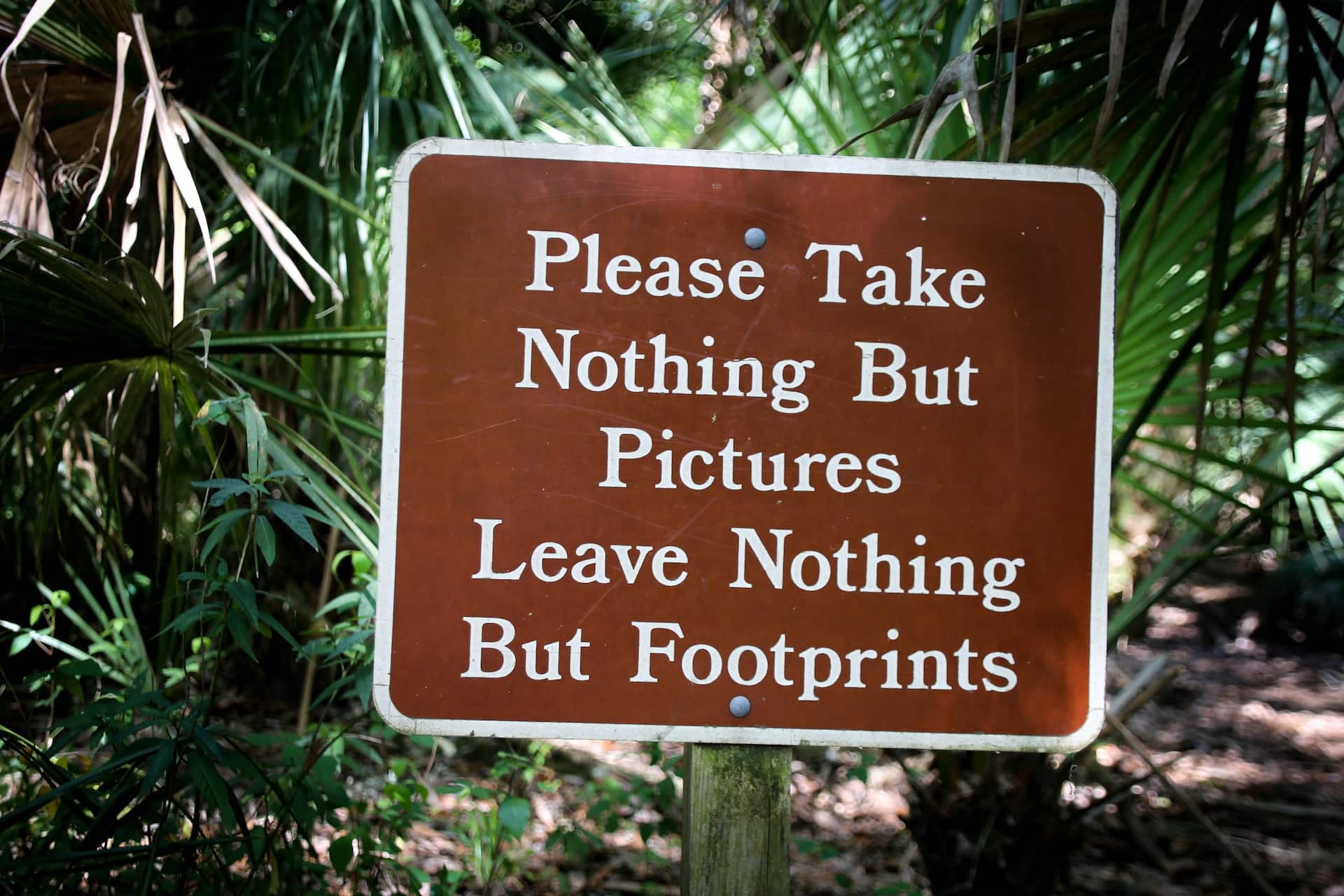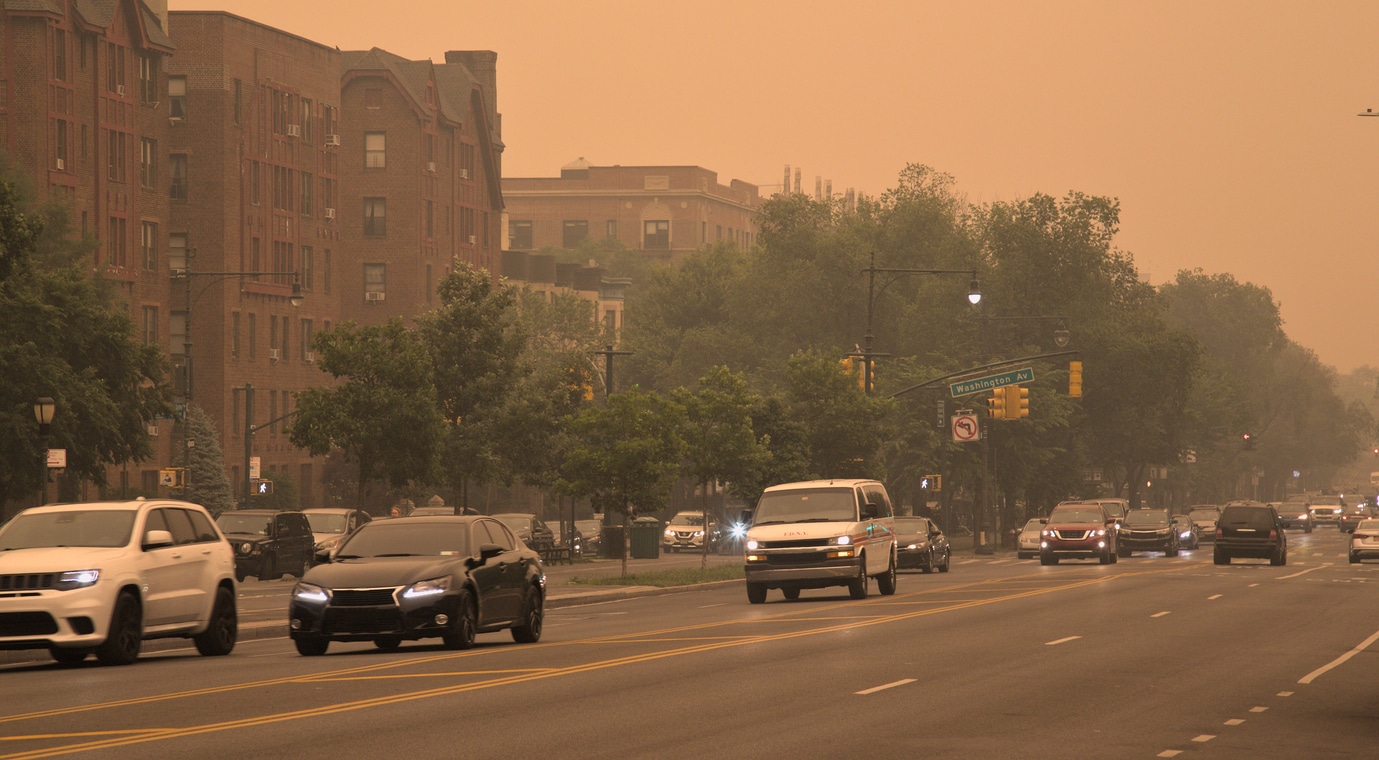
The Impact of Plastic Bottles on Marine Life: How to Protect Our Oceans
For many years, we have tossed out our trash without ever wondering where it might end up; most of us might assume our garbage will end up in a landfill or perhaps, more recently, at a recycling plant. Still, more often than not, plastic bottles are ending up in the ocean; a gargantuan problem evident from the amount of plastic waste cluttering the ocean waves, washing up on shores across the world, trapped in arctic ice and found at unimaginable depths on ocean floors. An entire ocean of plastic waste is a scary thing to fathom.
How Plastic Bottles Affect Oceans and Marine Life
Approximately 17.6 billion pounds of plastic finds its way into the ocean annually. If we consider plastic can take as many as 500 years to decompose, these billions of pounds of plastic are here to stay for the long term. While a single plastic bottle may not have much of an impact on an ocean’s health, or the marine life it hosts, billions of pounds certainly can and does.
Marine animals are increasingly finding themselves entangled in mounds of floating plastic. They may even inadvertently ingest it, causing them to starve as the plastic takes up room in their digestive tracts. In some instances, they may choke or suffocate as a result. Whatever the awful outcome, many species may become endangered due to the plastic invasion of their natural habitat; it’s estimated plastic in the oceans is contributing to more than 100,000 marine mammals dying annually.
Larger marine species are particularly vulnerable to entanglements, such as in plastic fishing ropes, nets, bottles or containers. That said, plastic can harm a small crab just as much as it can a large whale. A dead whale washed up on the Philippines’ shore with 40 lbs. of plastic in its stomach; turtles eat plastic bags mistaking them for jellyfish or otherwise die from entanglement in six-pack rings; marine birds eat small pieces of plastic floating on the surface thinking it is food; the miserable list goes on. No marine species is safe from plastic pollution.
The longer plastic remains in the ocean, the more it breaks down into tiny pieces – some the size of a grain of sand – making it impossible to retrieve and remove, and potentially even ending up on our dinner plates after being consumed by marine life.
Our Precious Oceans
An increase in attention regarding our waste disposal can either improve the situation or sound a death knell. We depend a great deal on our magnificent oceans; covering roughly 70% of our planet’s surface, oceans transport heat from the equator to the north and south poles, regulating our weather and climate.
Oceans provide a lot more than simply seafood – countless ingredients found in the waters are crucial to common food products, such as soy milk or peanut butter. The ocean also supplies ingredients for medicines that aid the fight against arthritis, cancer, heart disease and even Alzheimer’s.
According to the National Ocean Service, 76 % of all U.S. trade involves some type of marine transport, and then there are all the forms of recreation the oceans provide us with. We depend heavily on the ocean for many aspects of daily life, yet we are unaware of just how much.
How to Protect Our Oceans
Our principal issue is our waste disposal behavior. We buy products, consume them and then toss the packaging. Prevention at the source is arguably the best approach for stopping plastic pollution.
Recycling
With an increase in environmental conscientiousness, recycling is one method increasingly used to reduce our carbon footprint. This even goes beyond plastics – it’s vital to ensure any plastic-alternative we use is recyclable – for example, most water bottle cartons are recyclable, but you must always check the labels. Rather than disposing of packaging, the materials used are recycled for new products, hence the lifecycle of the original material is prolonged. Unfortunately, however, recycling alone may not be enough to save our oceans and our earth.
Plastic-Free Alternatives
Another initiative is to demand companies offer plastic-free alternatives; consumers have a big voice when it comes to company policies and should ‘vote with their feet’.
Eliminating single-use plastics like straws, coffee cups, plastic forks, knives, spoons, balloons and plastic containers would be a big step forward. Also, avoid products containing plastic microbeads.
Zero Waste
The zero waste movement works toward eliminating waste using the five “R”s:
- Refuse or avoid items you can only use once, like plastic water bottles
- Reduce shopping
- Reuse items
- Recycle items you no longer use
- Rot or compost organic matter into fertilizer
Don’t Leave Trash
When visiting beaches, avoid leaving trash that can be blown by the wind and easily find its way into the ocean. Leave nothing at the beach when you leave; take all your trash with you and dispose of it correctly.
Doing Our Part
Apart from daily individual behavior – which is a small drop in a big ocean – it’s important to support legislation that limits or ideally ends the production of plastics and the waste it creates. Participating in a beach cleanup can also be a step toward eliminating plastic waste and pollution from local beaches and waterways. It is one of the most direct methods for contributing to the cleanup.





Post a comment